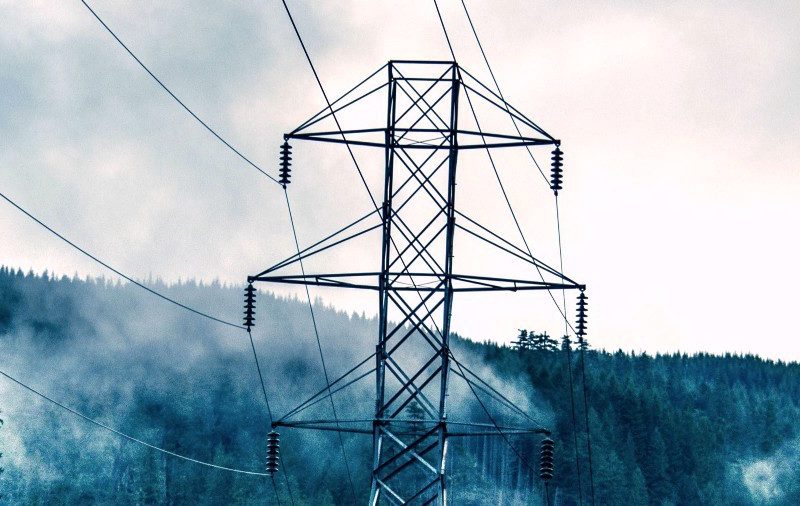President Trump made much noise during the election about putting coal miners back to work. Most analysts agree that won’t happen — coal is being undercut by wind, solar and natural gas in the energy market.
But what if the federal government changes that market, tinkering with incentives to redirect the future of the grid?
That appears to be the thrust of a new effort by the Energy Department to investigate whether tax policies, mandates and other efforts to support clean energy are “responsible for forcing the premature retirement of baseload power” like nuclear and coal plants.
The question isn’t entirely without merit. It represents the latest salvo in an escalating battle over which technologies will gain prominence as the country’s aging electric grid is modernized.
Energy Secretary Rick Perry is reacting to several recent closures of nuclear and, even more so, coal-fired power plants across the country. These plants are closing because they can’t compete on cost with cheaper natural gas, wind and solar power.
These closures represent a challenge to our current grid. Coal and nuclear provide baseload power — meaning power that runs constantly. Wind and solar are intermittent — they only provide power when the sun is shining or the wind is blowing. Swapping one for the other can prove challenging when managing the grid, as Germany is finding in its push for renewable energy.
But that doesn’t mean it can’t be done. California recently generated half of its electricity from solar power (albeit briefly), with few apparent problems.
In Southern California, power utility NRG recently unveiled cutting-edge software that will help integrate solar, optimizing generation and storage to reduce the need for baseload power.
Southern California Edison debuted the first-ever hybrid battery and gas turbine. The battery can store energy from wind or solar plants and the turbine produce power from natural gas when demand spikes.
These are just two examples. Utilities will need to invest a lot more in technologies like these if the country is to ramp up production from wind and solar.
But the investment is worth it. Renewable energy is a jobs machine. The solar industry employs five times as many people as coal mining. Jobs in wind are growing by leaps and bounds. Smart-grid innovations, like those seen in California, are exportable. As the world weans itself off coal and gas, Americans manufacturers can sell wind, solar and smart-grid technologies overseas.
It’s unclear what the Energy Department study will find, but some analysts see it as an attempt to stack the deck against wind and solar.
“I think [the new DOE study] is pointed towards coal,” Christopher Clack, a former electricity grid researcher at the University of Colorado, Boulder, told ClimateWire. “To me, this is the worrying part.”
It would be unfortunate to penalize a clean, growing source of power in favor of a dirty, dying one.
Steve Hargreaves and Courtney St. John write for Nexus Media, a syndicated newswire covering climate, energy, policy, art and culture. You can follow them @CourtSaintJohn and @shargrea.



